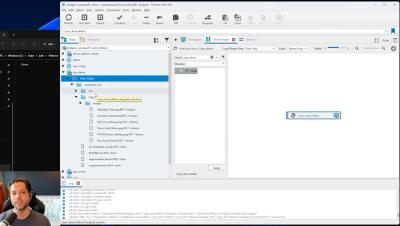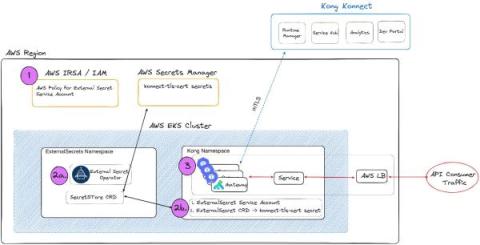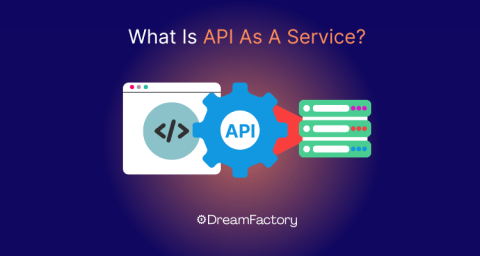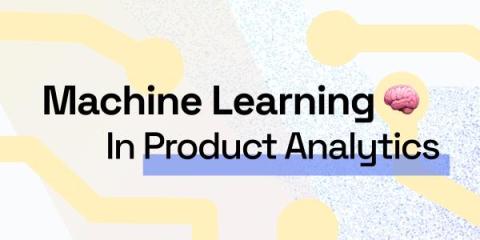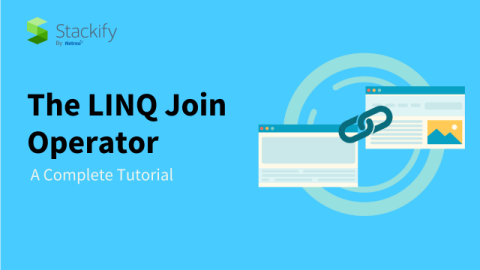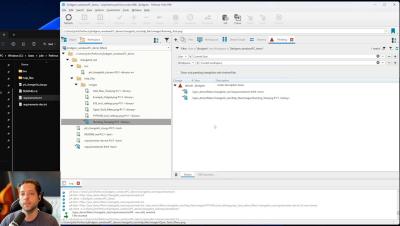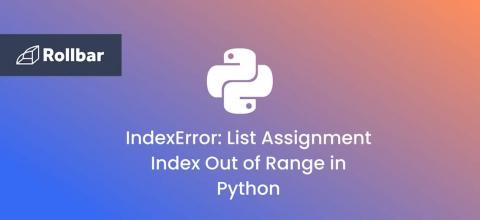Systems | Development | Analytics | API | Testing
%term
Kong Konnect Runtime Instance and Konnect-KIC AWS EKS Terraform Blueprints AddOns
What Is API As A Service? -Microservices & Digital Transformation
Leveraging Machine Learning in Product Analytics for Enhanced Insights and Actionability
Product analytics traditionally hinged on examining user interactions to extract actionable insights. The integration of machine learning (ML) has elevated this process, enriching our understanding and our ability to predict future trends. Let's unfold how ML integrates into product analytics and the transformative advantages it introduces.
How Financial Services and Insurance Streamline AI Initiatives with a Hybrid Data Platform
With the emergence of new creative AI algorithms like large language models (LLM) fromOpenAI’s ChatGPT, Google’s Bard, Meta’s LLaMa, and Bloomberg’s BloombergGPT—awareness, interest and adoption of AI use cases across industries is at an all time high. But in highly regulated industries where these technologies may be prohibited, the focus is less on off the shelf generative AI, and more on the relationship between their data and how AI can transform their business.
XCode 15 is coming with major stack updates
Xcode 15 is set to introduce significant stack updates potentially impacting workflows. With these updates, while underlying components or tools may change, testing with Edge Stacks is essential to anticipate and adjust for these shifts.
The LINQ Join Operator: A Complete Tutorial
I think most C# developers would agree that LINQ is an integral part of the experience of writing code with the language. LINQ provides a fluent, intuitive, and consistent way to query data sets. In this post, we’ll help in your LINQ-mastering quest by covering the LINQ join operator. We’ll start the post with a definition of LINQ itself, so we’re all on the same page. After that, you’ll see an explanation of join operations in LINQ.
Perforce Helix Core Beginner's Guide: Submitting, Syncing, and Managing File Changes
World-Class Software Sales Executive Melissa Campbell Joins SmartBear as Chief Revenue Officer
How to Fix "IndexError: List Assignment Index Out of Range" in Python
The IndexError: List Assignment Index Out of Range error occurs when you assign a value to an index that is beyond the valid range of indices in the list. As Python uses zero-based indexing, when you try to access an element at an index less than 0 or greater than or equal to the list’s length, you trigger this error. It’s not as complicated as it sounds. Think of it this way: you have a row of ten mailboxes, numbered from 0 to 9. These mailboxes represent the list in Python.


